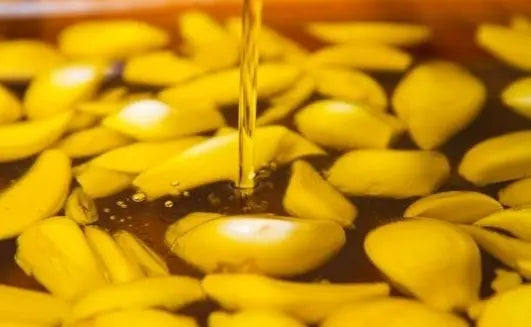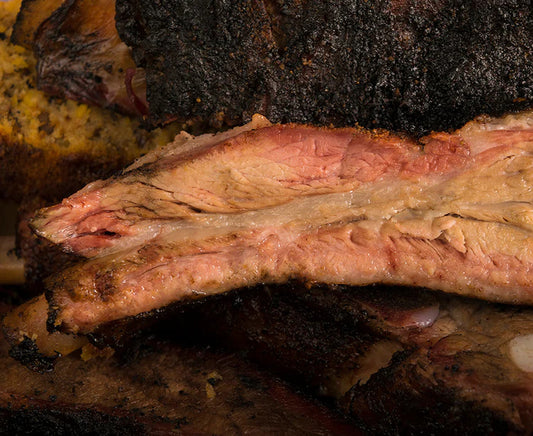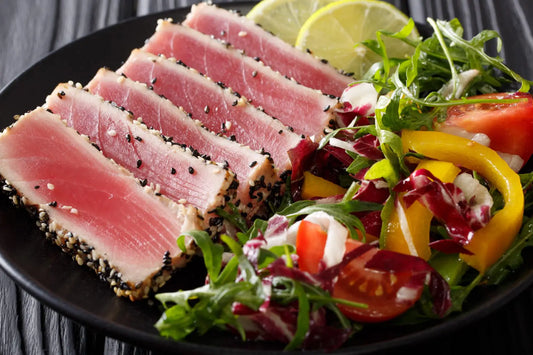After coming across a reference to botulism and garlic in oil in the Charcuterie book, I did some research and found the following. Thought anyone storing garlic should read and be informed. I had roasted some garlic and had it in the fridge in oil. After reading this, I strained off the oil, saved it, and froze the rest of my smoked garlic.
This garlic tastes AMAZINGLY FRESH. If you’ve ever bought a jar of minced garlic or peeled cloves in oil or vinegar, this doesn’t resemble any of those things. If you’ve ever used preserved cloves in a couple of recipes already then the taste is exactly the same freshness.

Storing Garlic in Oil

People must take extreme care when preparing flavored oils with garlic, or when storing garlic in oil. It is safe to submerge peeled garlic cloves in oil and store them in the freezer for several months. However, do not store garlic in oil at room temperature. Garlic-in-oil mixtures stored at room temperature provide perfect conditions for producing botulism toxin. These conditions being low acidity, no free oxygen in the oil, and warm temperatures. The same hazard exists for roasted garlic stored in oil.
At least three outbreaks of botulism associated with garlic-in-oil mixtures have been reported in North America. By law, commercially prepared garlic in oil has been prepared using strict guidelines. Besides, they must contain citric or phosphoric acid to increase acidity. Unfortunately, there is no easy or reliable method to acidify garlic in the home.

Acidifying garlic in vinegar is a lengthy and highly variable process. So, a whole clove of garlic covered with vinegar can take from 3 days to more than one week to sufficiently acidify. As an alternative, you may safely add properly prepared dried garlic cloves to flavor oils.
To make garlic-flavored oil at home, add dehydrated garlic to olive oil in a wide mouth jar, screw on the lid, and place the jar in the refrigerator. If the olive oil turns solid, just spoon it out. Always remember to use a dry spoon.
You can use your preserved garlic anywhere you’d use the fresh stuff! And believe me when I tell you it maintains all the same aromatic, flavorful goodness of a freshly harvested garlic bulb.
How & Why Does Garlic Turn Blue?
If your garlic does turn blue, it is still safe to eat.
This can happen when enzymes and amino acids present in garlic react with the sulfur compounds responsible for garlic’s pungent smell. This is apparently a very common phenonmenon.
We hope you learned some valuable information about preserving garlic in oil and don’t forget to check out the Bradley Food Smoking Blog for expert food smoking tips from the pitmasters!
Storing Garlic Information By Linda J. Harris




